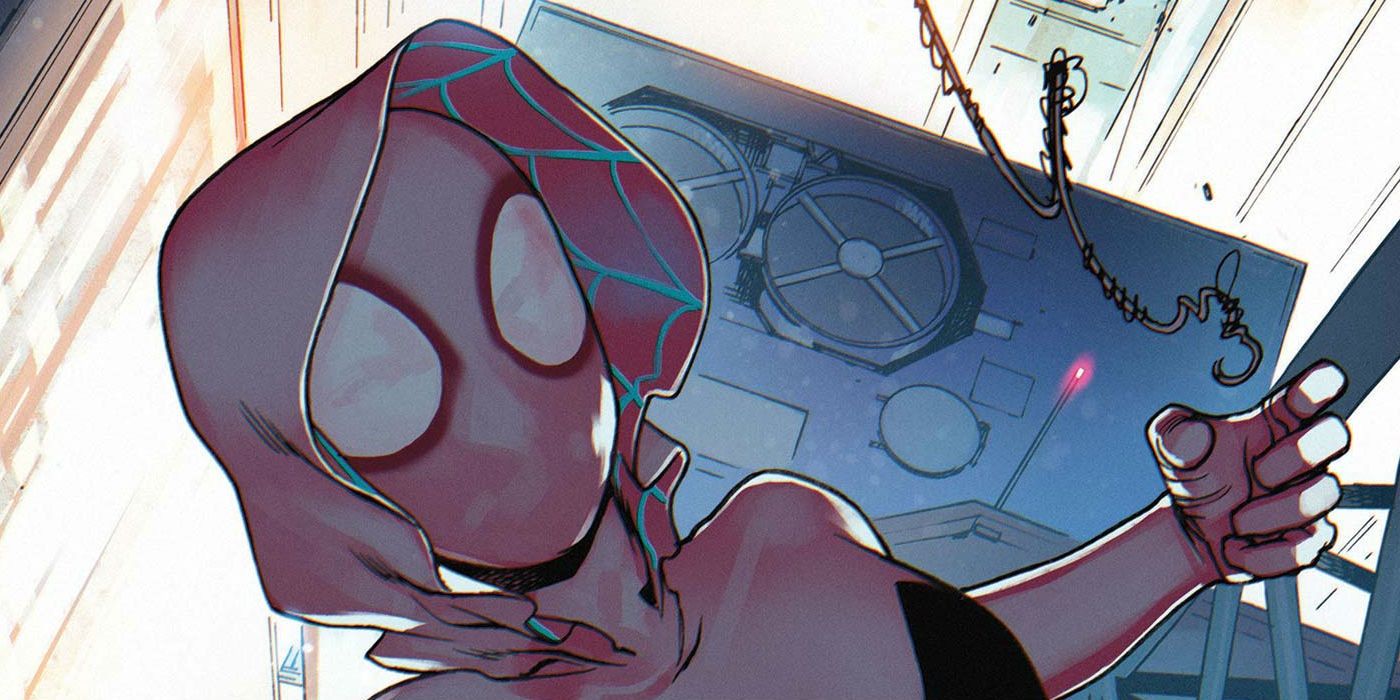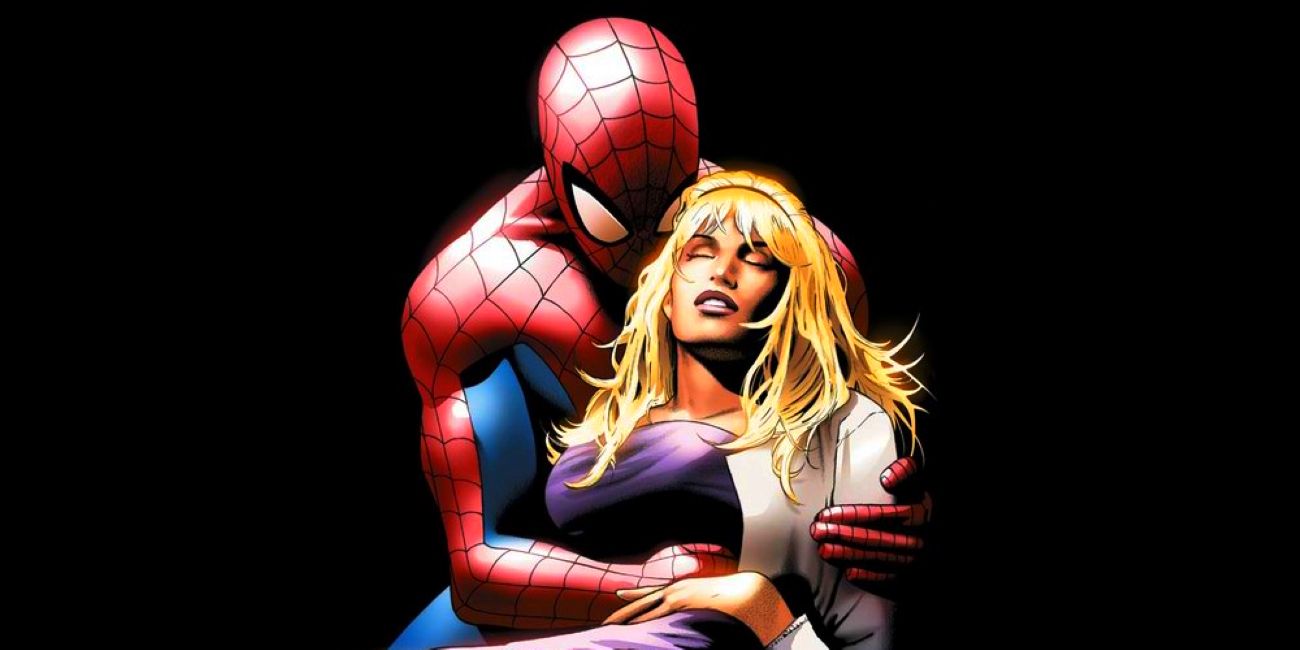For years, the story of Gwen Stacy was a tragic one. Her death exemplified the idea that sometimes heroes fail, and the ones they love the most can end up paying the price. It also represented a dark milestone in comics, as one of the first times a major supporting player was killed in shocking fashion. Then, in 2014, Spider-Gwen was introduced, and the entire Gwen Stacy narrative, once one of the most pivotal in comic book history, was turned on its head.
Gwen Stacy first appeared in The Amazing Spider-Man #31 in 1973 as a college student who fell in love with Peter Parker. Their romance was complicated by the death of her father, police captain George Stacy, during a battle between Spider-Man and Doctor Octopus. As a result, Gwen blamed Spider-Man, with Peter's guilt providing a sizeable obstacle for their relationship. In Amazing Spider-Man #121, Spider-Man's deranged antagonist Norman Osborn, aka the Green Goblin, kidnaps Gwen with Spider-Man close behind. The Green Goblin throws her off a bridge, and while Spider-Man is able to catch her with a web strand, the sudden jerk causes her neck to snap, inadvertently killing her. In the decades following her death, Stacy would appear as a clone during The Clone Saga, or in flashbacks, such as Sins Past, which retconned an affair between her and her eventual murderer, Norman Osborn (the less said about either of these storylines, the better).
It wouldn't be until Edge of Spider-Verse #2 in 2014 that Gwen Stacy would be re-introduced as Spider-Gwen. That version of Gwen hails from an alternate reality where Gwen Stacy became Spider-Woman - and where Peter Parker was killed in an ill-fated attempt to give himself superpowers. Once the main Spider-Man from Earth-616 and Spider-Gwen learn one another's identities, they are initially overprotective of each other. Ultimately, Spider-Gwen emerges as one of Spider-Man's most reliable allies in stopping the Inheritors hunting down Spiders throughout the Multiverse.
She began to star in her own ongoing series shortly thereafter and has since taken the name Ghost Spider. It's important to note that Spider-Gwen is far from the only alternate reality substitute to take the place of deceased counterpart. Shortly after Wolverine died, Old Man Logan took his place on the X-Men, just as the cynical Age of Apocalypse Nightcrawler briefly replaced the jolly, swashbuckling X-Man after his own death. The difference is that, unlike the cheap substitutes above, Spider-Gwen's introduction completely recontextualizes the entire Gwen Stacy saga, from victim to survivor.
While Spider-Man has struggled with Gwen Stacy's death for decades, Spider-Gwen is still processing her own Peter's death. Her own survivor's guilt, however, is much more nuanced. While Peter is tormented by Gwen's death at the hands of the Green Goblin, the Peter of Gwen's universe was ultimately killed by a reckless desire to impress her. This leads Gwen to be not only haunted by her past but far more cautious about the role she plays in the lives of others. However, in yet another alternate reality, Gwen is married to another Spider-Man, Miles Morales, with two kids of their own, showing Gwen is more than capable of conquering her demons.
Ultimately, Spider-Gwen has proven she's more than just a gender-swapped take on the death of Gwen Stacy. If anything, Spider-Gwen is the natural conclusion of Gwen Stacy's arc rather than an abrupt reboot. While Gwen Stacy's tragic demise brought real stakes and tension to the superhero comic, Spider-Gwen displays a redemptive take on Gwen Stacy's character coping with the pain of grief and guilt. Fun yet richly nuanced, Spider-Gwen allows the story of Gwen Stacy to continue in new and unexpected directions for hopefully years to come.


